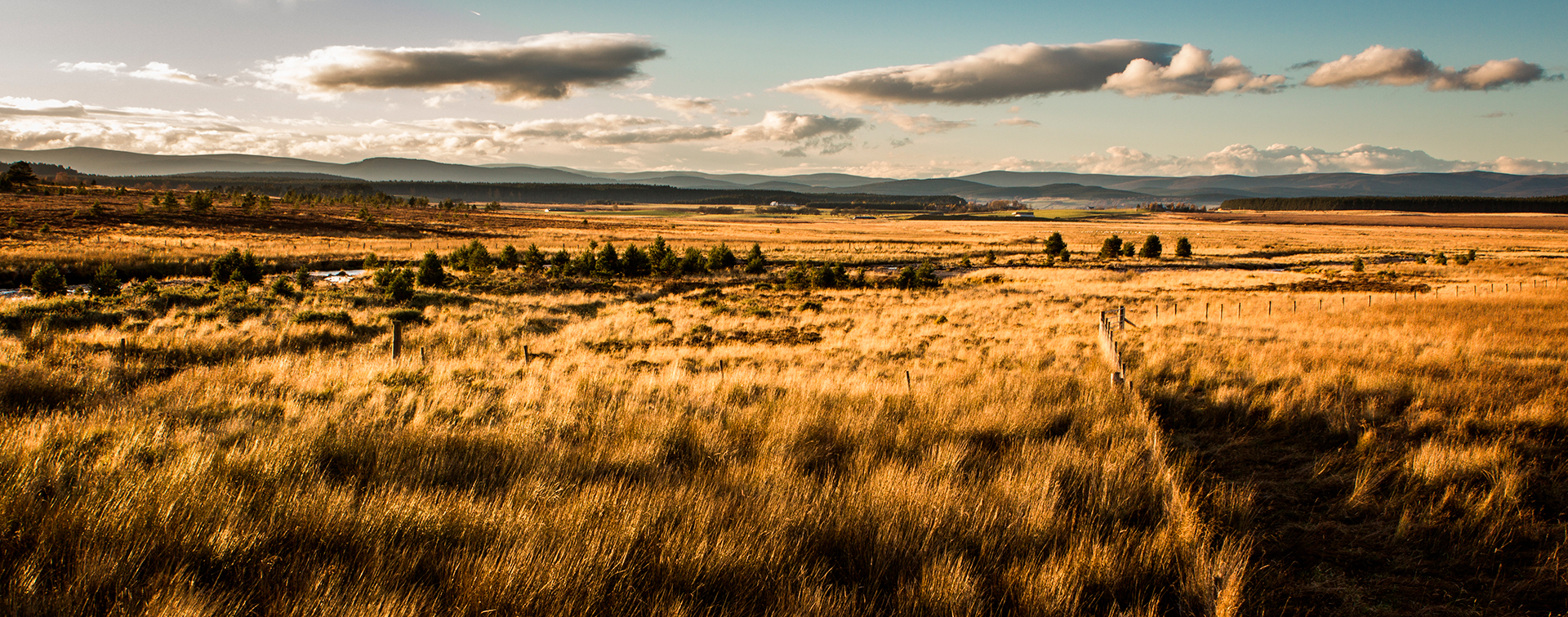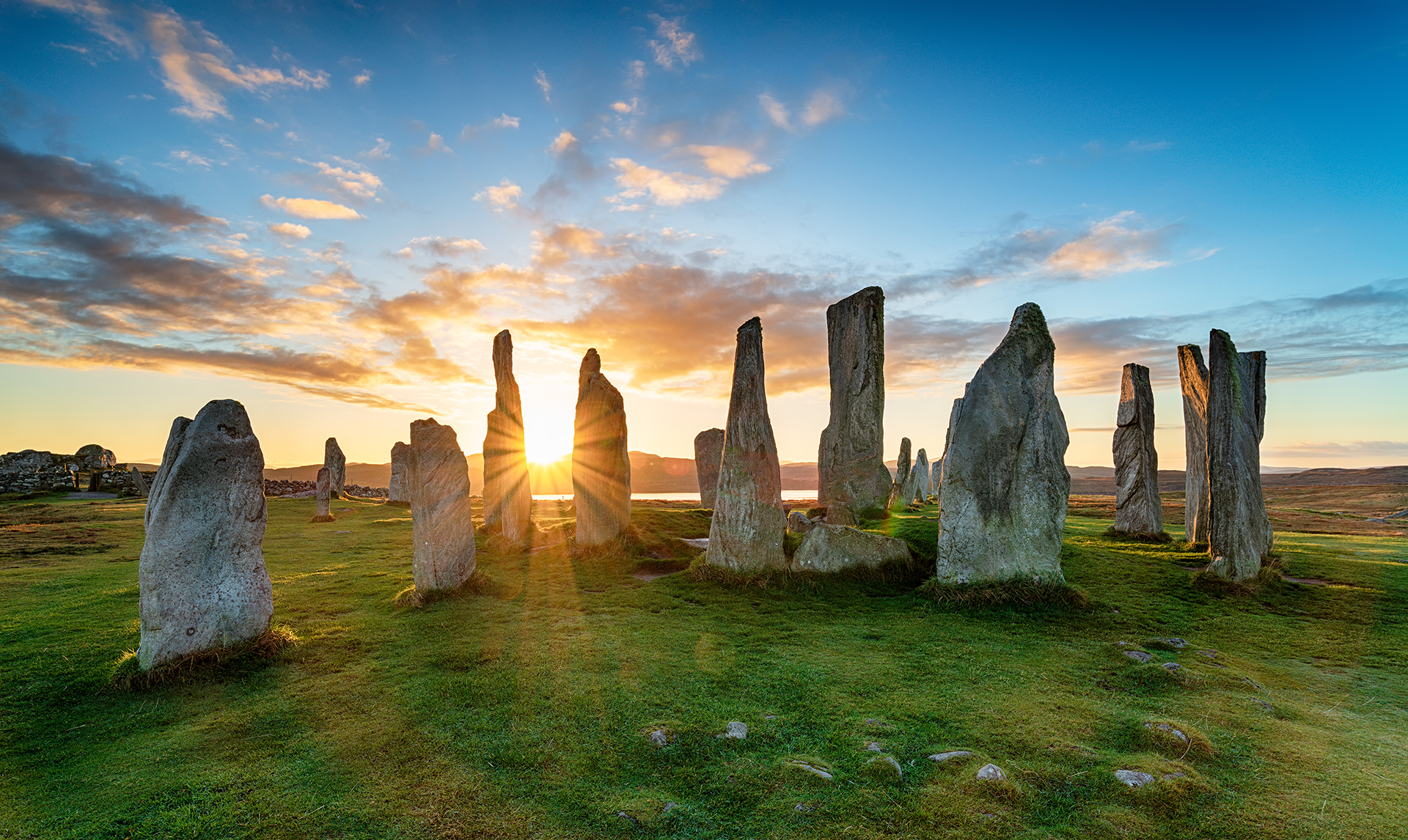Ultimate Guide to Scottish Regions
Posted by The Celtic Croft on Apr 13th 2020
Sure, Scotland might not measure up to the U.S. in terms of square mileage. In fact, if you want to get specific, it has less land area than South Carolina. And only slightly more land area than West Virginia.
But don’t let its size fool you! Scotland is a country that’s full of diverse activities to catch your interest. Cities, nature, castles, lochs, mountains, valleys, isles...this Celtic country crams a lot into a little. There are so many different Scottish regions that you’re sure to find one (or five!) that fits your style.
Don’t know where to start? We get it -- there’s so much good stuff in Scotland that it can be daunting to plan a trip.
We’re here to help! Keep reading for the ultimate guide to Scottish regions. (And if you want to make sure to look like a local while you’re there, check out our kilt selection before your trip. Don’t worry, lasses, we’ve got you covered, too!)

Edinburgh & the Lothians
One of the most famous cities in Scotland, Edinburgh is a common tourist destination. It’s often thought of as the culture and arts hub in the country, in part due to its annual arts festival in August. There are also ample literary references in the city, and it is one of UNESCO’s “World City of Literature.”
Continuing the cultural theme, Edinburgh features some of the country’s best museums, like the National Museum and the National Gallery. There are also excellent restaurants and pubs.
Interested in government or history? Edinburgh is the capital city. You can tour the Scottish Parliament or Edinburgh Castle while you’re there.
And though the more rural areas of Scotland are famous for their whiskey, you don’t have to leave Edinburgh to do some tasting: there are distilleries in the city, too.
Glasgow & the Clyde
Scotland’s largest city, Glasgow, will give you a lot of the same lively culture you’ll find in Edinburgh. It’s situated along the River Clyde and features stunning architecture.
Glasgow is a warm and gregarious city. You’ll find great restaurants and fun nightlife, and likely encounter friendly Glaswegians while you’re there.
As with Edinburgh, you’ll find enough museums and galleries to itch your cultural scratch in Glasgow. (Try the Kelvingrove Art Gallery & Museum!) And Glasgow is also home to the Scottish Opera, Ballet, and Orchestra, if you need even more.
But there’s a slightly grittier edge to Glasgow that likely stems from its working-class industrial roots. There are several different neighborhoods in the city, and you’ll notice each has a lively and distinct character.
If you have your heart set on a Nessie sighting, Glasgow is just an hour from Loch Ness. (Or you could buy a Nessie air freshener and see her whenever you’d like!)
For another short trip out of the city, check out the New Lanark mills and workers’ village, a World Heritage Site.

The Highlands
The Highland Region is the largest of the Scottish regions, covering nearly two-thirds of the northern part of the country. When you think of nature in Scotland, you’re probably envisioning some part of the Highlands.
Moreover, many of the stereotypical “Scottish” images we conjure are actually Highlands features. Bagpipes, tartans, kilts, clans, thistles...these iconic Scottish objects originated in the Highlands.
Inverness is the biggest city in the Highlands, and that might make it the best hub for your travels around the region. From it, you can travel to the more remote nature areas you want to visit. (Keep a lookout for hairy coos!)
Some of the geographic highlights of this Scottish region include:
- Ben Nevis, Scotland’s highest peak
- River Spey
- Monadhliath Mountains
- Great Glen, an 80-mile long fault line featuring lochs and rivers
- Loch Ness
- Glen Coe
- Cape Wrath
- Black Isle
The Shetland Islands & Orkney
Go to this group of over 100 islands, and you just might find yourself in the most remote location you’ve ever been: Many of the archipelago’s islands are uninhabited. You’ll see stunning beaches with striking landscapes everywhere you look.
But there’s more than stunning views to this Scottish region. Over 250 species of seabirds? Check. One of Europe’s largest prehistoric remains sites? Check. Viking-inspired fire festivals? Check.
That’s right -- each year (mainly from January to March), there are several different fire festivals throughout the islands. At these festivals, islanders commemorate their Viking heritage while bringing some light and warmth to the winter. Schedule your visit during one of these festivals to get a truly unique experience.
Even when they’re not throwing Viking parties, locals are welcoming and friendly to visitors. But you’ll likely spend most of your time soaking in the historical sights. Here are just some of the places you can visit in the Islands:
- Maes Howe, a burial chamber from 2700 BC and a World Heritage Site with the largest Viking Rock Art collection yet discovered
- Skara Brae, a 5,000-year-old Stone Age village with artifacts well-preserved by sand
- Jarlshof, a five-layered settlement showing how people lived in the Bronze Age and Iron Age as well as how the Picts, Vikings, and farmers inhabited the area

Skye & the Western Isles
Scotland has another group of islands with stunning ocean views. Skye and the Small Isles are known as the Inner Hebrides, while the Western Isles are known as the Outer Hebrides.
There is natural beauty in every corner of both the Inner and Outer Hebrides. Here are a few sights that are especially noteworthy:
- North Harris mountains
- Brother’s Point, a less-traveled short hike with beautiful views
- Neist Point, a popular sunset-watching spot with a lighthouse
- The Cuillins, a rocky mountain range with awesome hikes
- The Fairy Pools, a walkable series of waterfalls
- Dunvegan Castle
- Quiraing, a two-hour walk full of eye-catching landscapes and unique geological formations
- Elgol, a great place to see wildlife in addition to gorgeous views
- Claigan Coral Beach
- Kilt Rock & Mealt Falls
- The Old Man of Storr, the Isle of Skye’s most iconic rock formation
- Fairy Glen, a luscious green landscape that will make you feel playful
- Talisker Distillery
- Mingay, an animal conservation area where seals are common
In other words, no matter what you’re looking for in your next Scottish trip, you’ll find it in one of the country’s diverse regions.

